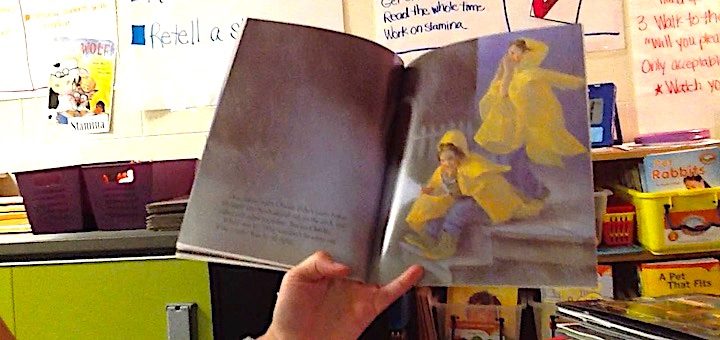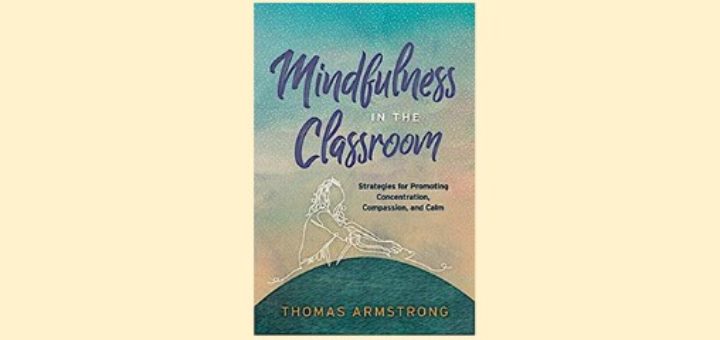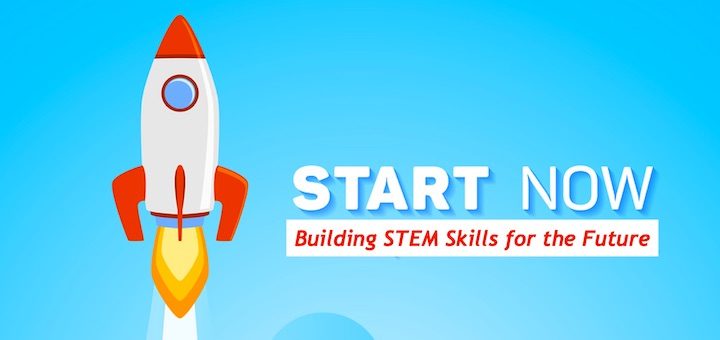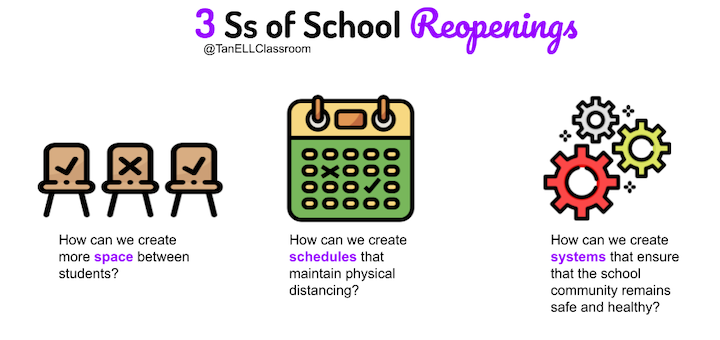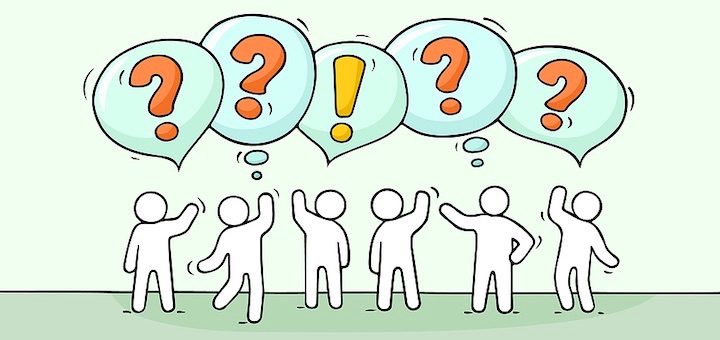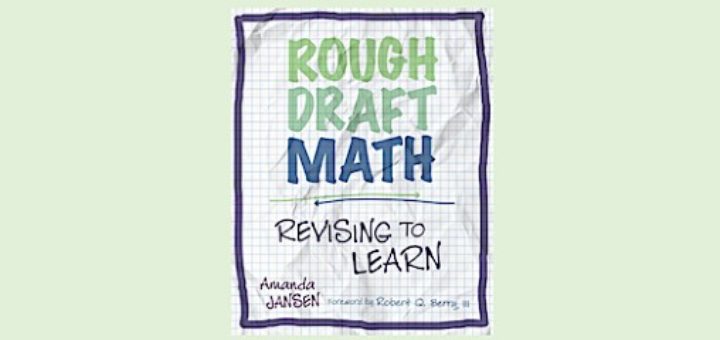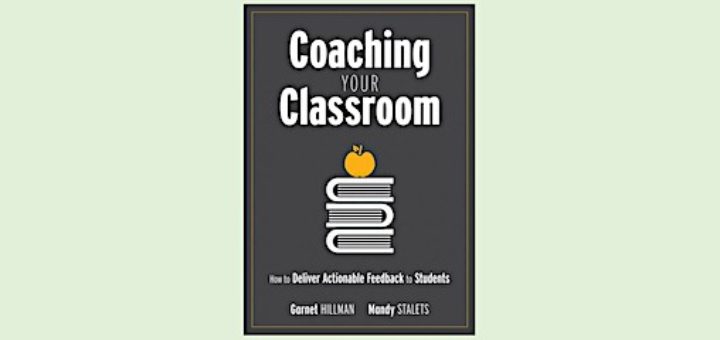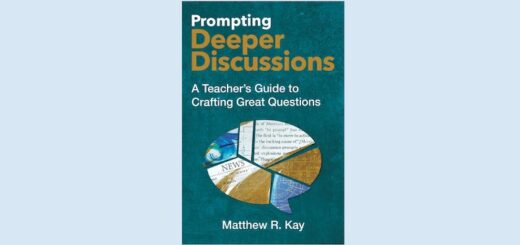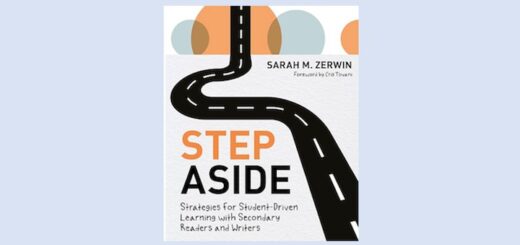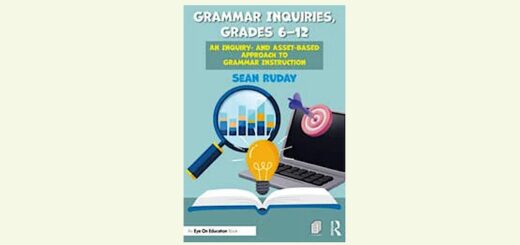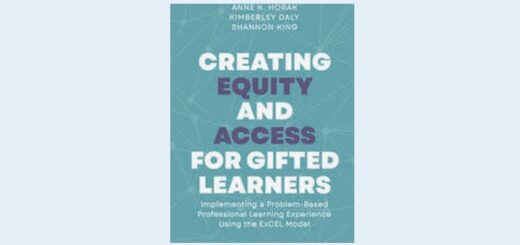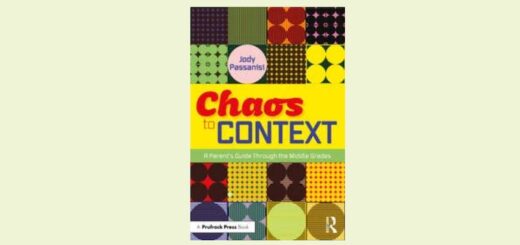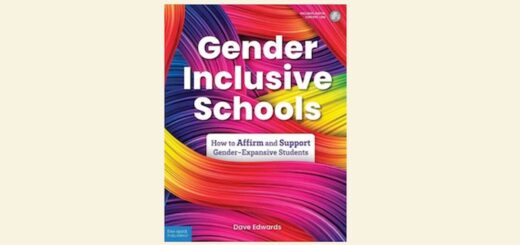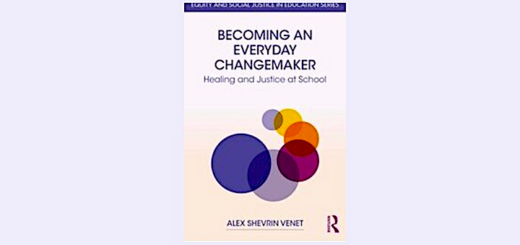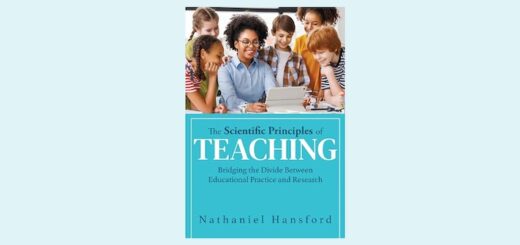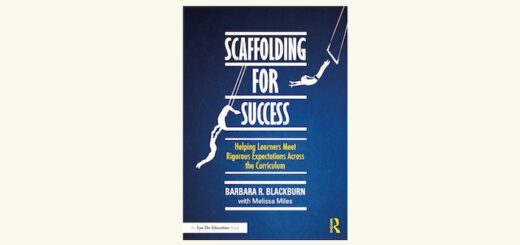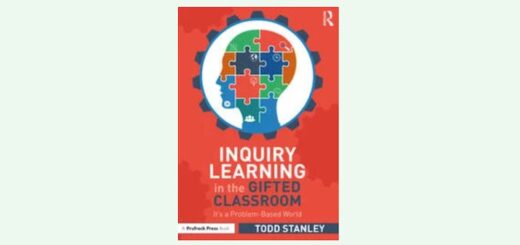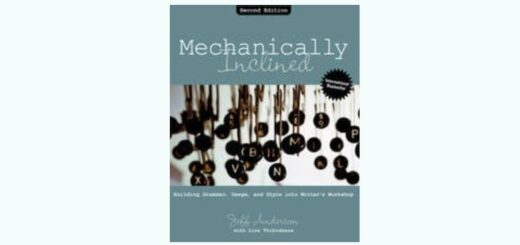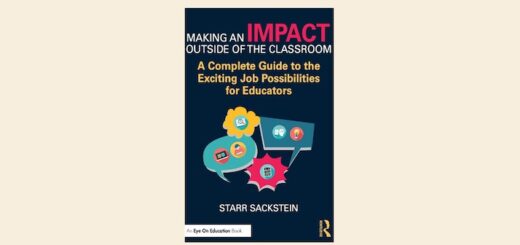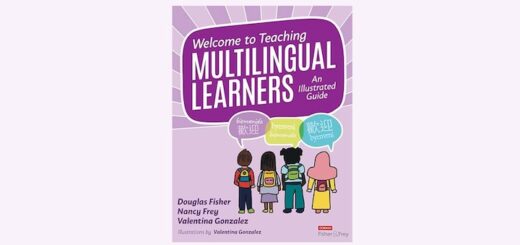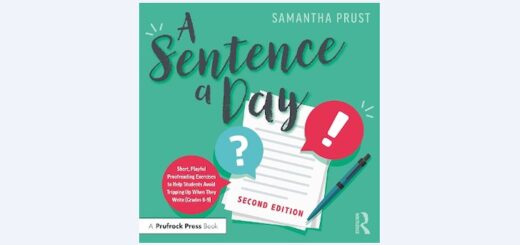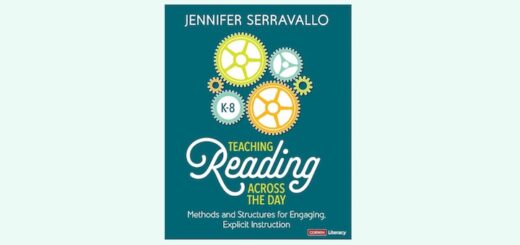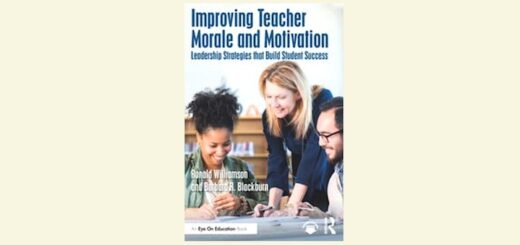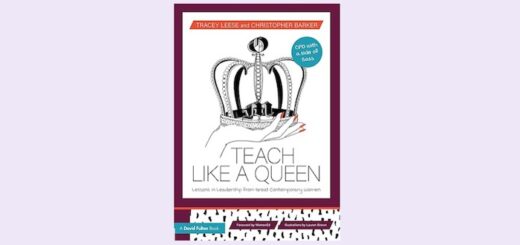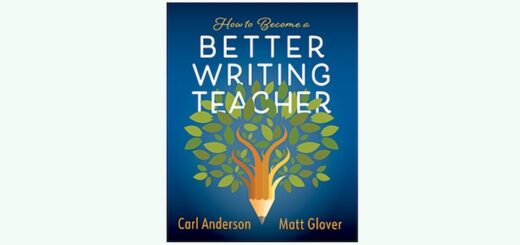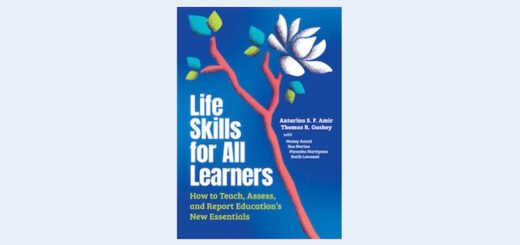Teaching and learning in grades 4-8
Students at ages 9-13 still want to hear their teachers read aloud, want to sit on the rug, want to engage in stories. Jennifer Sniadecki and Jason DeHart share evidence that picture books are also an effective way to teach figurative language and other ELA standards.
With her eighth graders’ online history podcast project now complete, Sarah Cooper shares six takeaways that have helped her imagine not only how to improve this assignment in future iterations, but how she can continue to grow as a teacher facilitating remote learning.
After explaining how stress affects the brain, Thomas Armstrong shows how mindfulness promotes concentration, compassion and calm in students and teachers. Teacher Nicole Warchol explains the book is just what she needs as she seeks to bring more focus into her classroom.
Video documentation is a powerful tool in news reporting, whether it’s done by professional journalists or by ordinary people with instant access to video cameras. Frank Baker looks at the history of news video as a “primary source” for historians and middle grades teachers.
STEM educator Anne Jolly reflects on the core skills embedded in an Education 4.0 vision for future learning – a vision that reshapes the way we think about the rapidly changing job market and calls on schools to be intentional in helping students acquire these skills.
As schools investigate safe measures for reopening for summer school or fall classes, educator Tan Huynh shares the specific protocols put into place at his international K-12 school in Vietnam – with details about classroom spacing, traffic flow, and careful hygiene.
Collecting feedback from students about how his teaching can improve is often “eye-opening and sobering,” says Curtis Chandler, and that’s certainly been true during remote learning. Find out about the polling tools and questions he uses – and what students have to say.
In response to the murder of George Floyd, people have offered lists of actions to take to fight racism. Rita Platt adds another: Get anti-racism books into your community. Read, talk and share. Help people deepen their understanding of white privilege and systemic racism.
Self-confidence is hugely important in learning math. Amanda Jansen shows how teachers can help students embrace a “revising to learn” approach, gaining confidence and understanding. Teacher Michael Hernandez says the book will help him create a safe space to make mistakes and grow.
Discover how to create actionable feedback for your students and teach them true self-assessment as you transform your role from evaluator to coach. Teacher leader Laura Von Staden “definitely” recommends this step-by-step guide to shifting from a focus on scores and grades to a focus on learning and mastery.

